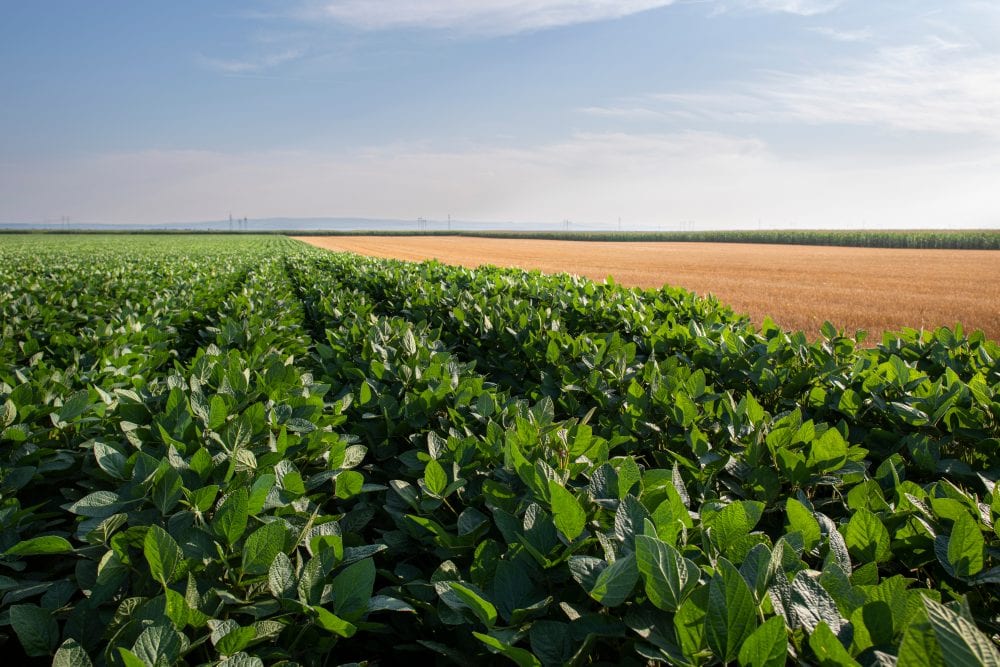No products in the cart.
Agriculture
Green manure: what it is and what’s its function
Green manure, a management technique that uses plants as green manure, has numerous benefits for the soil, such as increased nutrients and water retention.
On the other hand, inadequate agricultural practices, such as excessive use of agrochemicals and inadequate nutrient replacement, can affect soil properties. So we wrote this article to talk about the benefits of green manure.
Find out what green manure is
Green manure is a management technique that aims to provide nutrients and contribute to the conservation and improvement of soil fertility. In this system, a specific crop is planted only to keep the soil covered and to reduce erosion between commercial planting periods.
This technique generally uses the leaves of leguminous plants, such as beans, pods, and peas, which have a greater capacity to absorb nitrogen. This mineral salt is essential for the development of plants, as it leads them to interact with bacteria that are in the soil, thus providing a greater amount of nutrients. Thus, nitrogen favors an increase in the production of vegetable biomass.
Discover the benefits of green manure
Green manure favors the improvement of soil fertility, reduces the number of chemical fertilizers used, and increases productivity in the next planting.
Besides, this management technique optimizes the humus formation process, the organic matter used in the soil as a form of cover. It helps the soil with water retention and increases the infiltration capacity, improving physical conditions such as granulometry and preventing impermeable crusts from appearing on the earth.
Then see the advantages of green manure:
- A ground cover with a large amount of green mass;
- Reduced weed infestation;
- An increased soil nutrient retention capacity;
- The protection against sudden temperature variations;
- The protection of soil against erosion;
- Improvement of soil biodiversity.
Understand the importance of using legumes
The use of legumes contributes to the supply of nitrogen to other crops and protects the soil against erosion. These species associate with nitrogen-fixing bacteria in the air, transferring it to other crop plants. They also stimulate the fungus population that increases the absorption of water and nutrients by the roots.
According to research, cover crops can release phosphorus in the soil that corresponds to 40% of the demand for maize cultivated in sequence.
There is also the possibility of associating green manure with no-till systems. In this case, green manure is used to create a protective layer in the soil and improve water infiltration.
The formation of a large amount of haystack favors soil protection and makes it difficult to establish invasive plants. Thus, this layer over the soil makes the soil have more moisture and is less subject to erosion.
Learn how to make green manure
Green manures can be used in a pre-cultivation or crop rotation system. In this case, they are planted before or after a crop to improve the soil for the produce that will be planted later.
Another possibility is to use green manure in consortium with other crops, planting it together with the species to be cultivated and then cutting and depositing the material on the soil to provide nutrients.
However, it is necessary to pay attention to the appropriate moment for cutting the plants. Late cutting allows the species introduced in green manure to produce seeds that will be released in the soil, which can then germinate and harm the next crop.
As we have seen, green manure is a very useful management technique capable of increasing the number of nutrients, improving fertility, helping with water retention, preventing erosion, and increasing productivity.
Did you like this article? Want to learn more about caring for your soil’s fertility? Then access this article on how to plant in non-fertile soils and learn more about it!



